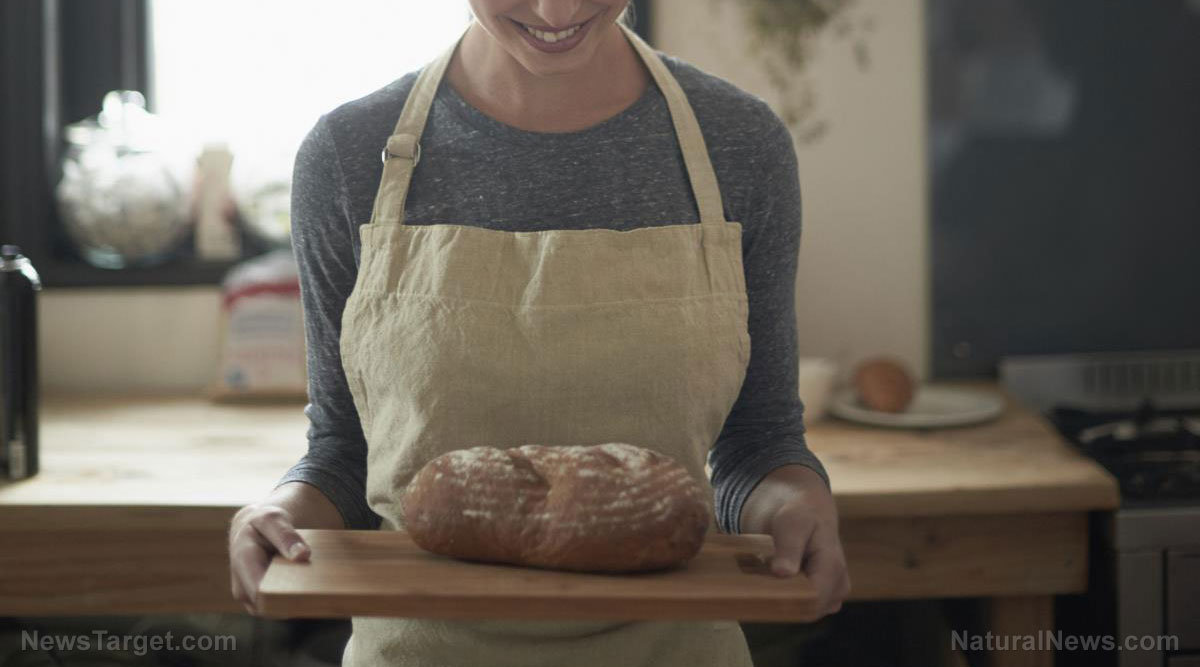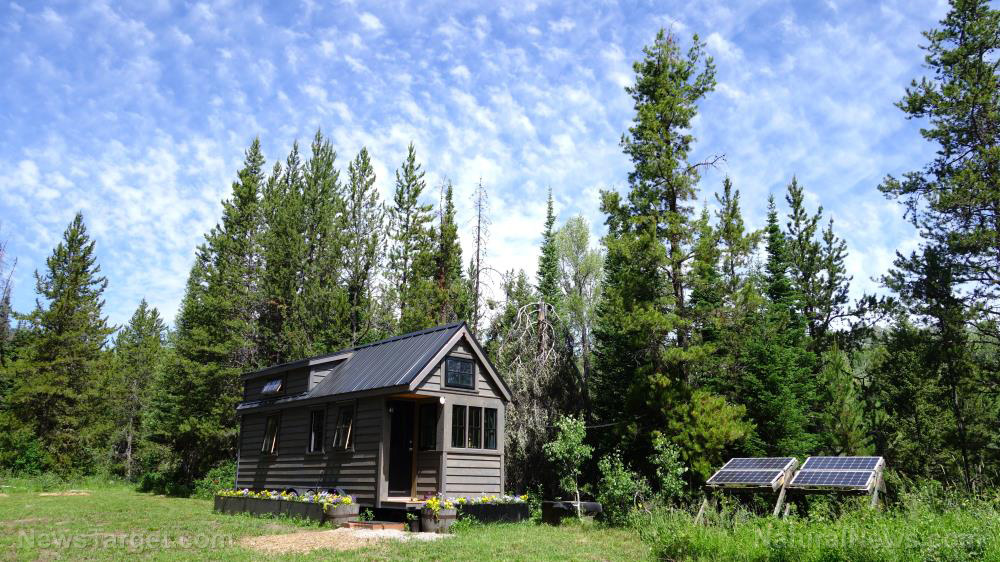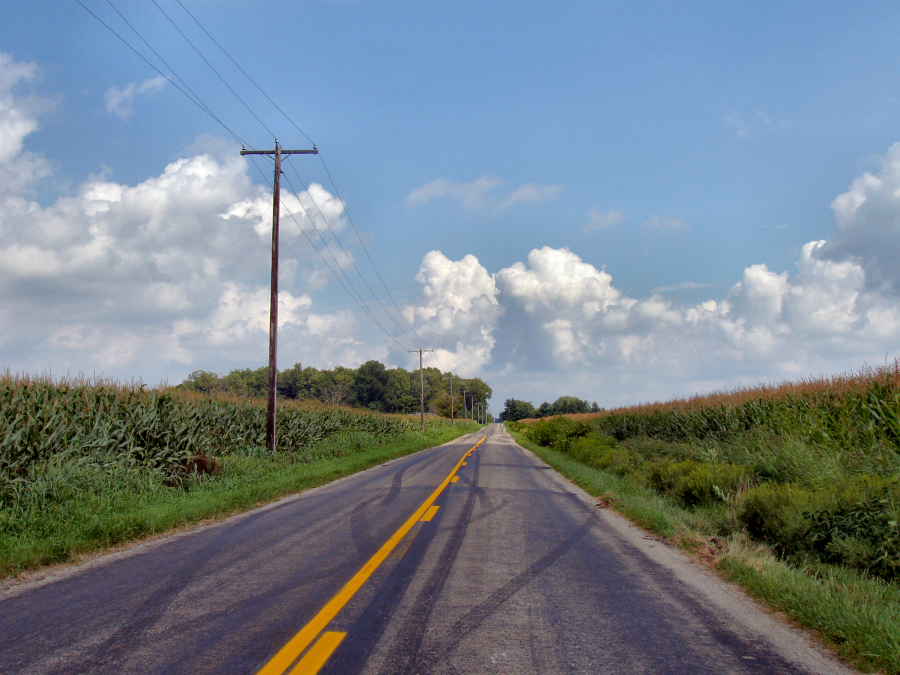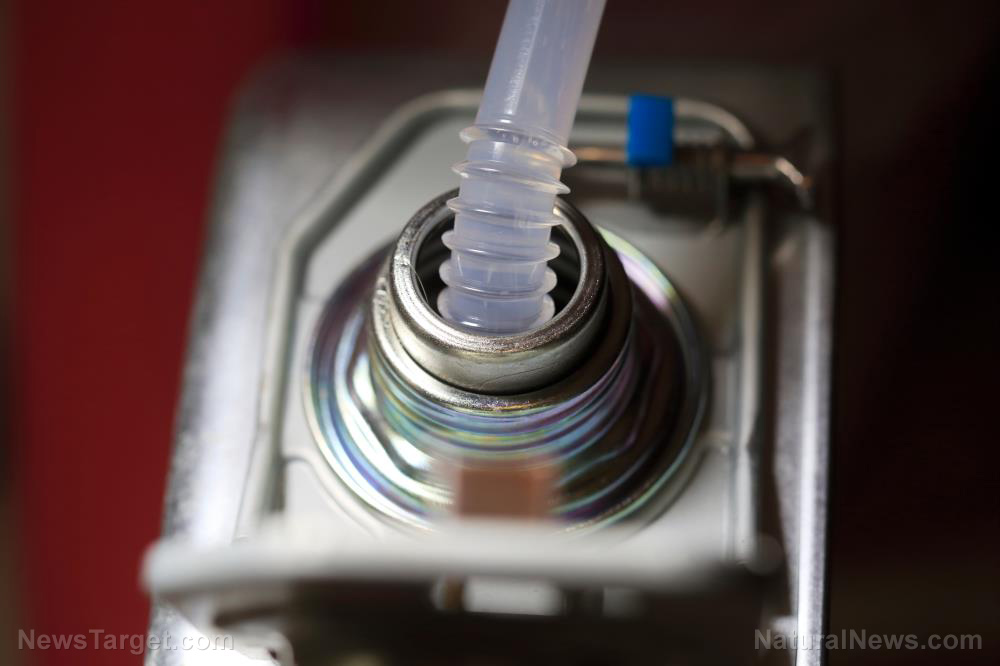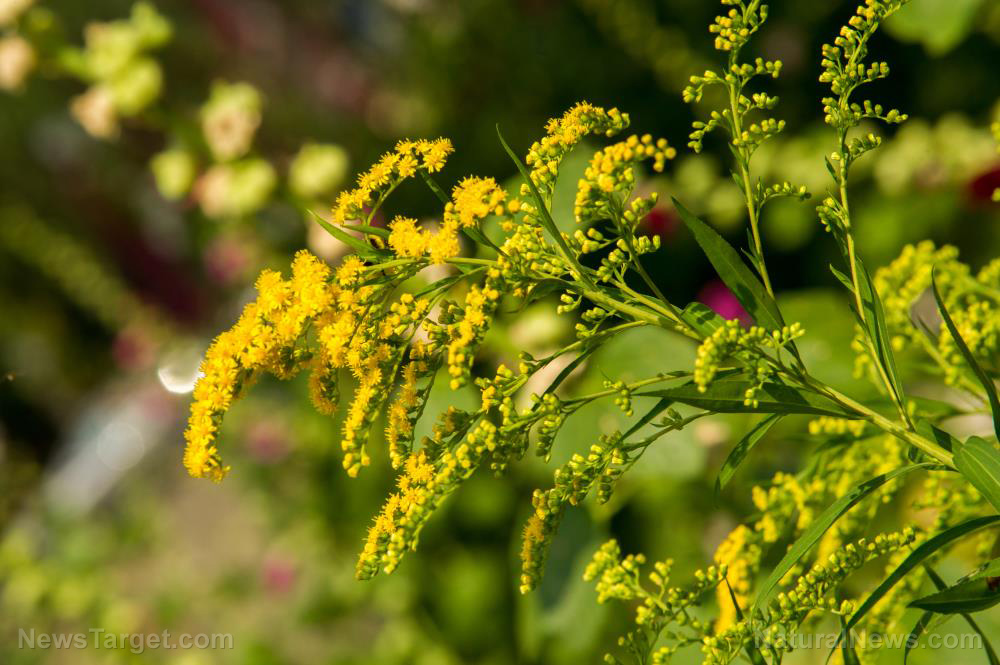Urban prepping tips and tricks: How to cultivate inner city gardens
12/03/2019 / By Darnel Fernandez

For most people, living in the city has many advantages. Not only do you have access to many dining and entertainment options, but you can also potentially be within the proximity of your workplace. However, one thing you wouldn’t get from living in a big city is easy access to natural resources. While you can go to your local grocer for supplies, it could all go downhill really fast if SHTF. But with a little preparation and prepping knowledge, you can grow your own garden that can provide a sustainable source of food even in the tight spaces of a concrete jungle. (h/t to PreppersWill.com)
Big city gardening
Growing an urban garden isn’t something you just decide to do on the fly. As with any survival plan, proper preparation can prevent poor performance. When done right, an urban garden can help keep food on the table and provide you with plenty of nutritious fruits and vegetables to keep your health up in case SHTF.
One of the first things you should do is decide what food crop to plant. You can’t plant just any fruit or vegetable and hope it grows. It is important to be smart and efficient when choosing crops for gardening, picking out the best and easiest plants to grow in an urban setting.
Potatoes are an excellent example of food crops to plant in an urban garden. These tubers are nutritionally balanced and reasonably easy to grow, which makes them a perfect candidate as a survival crop. They also produce about five times the edible product compared to any other crop, giving you much more bang for your buck. If you don’t like potatoes, you can try planting other root crops like red beets, carrots and turnips.
Choosing a variety of a certain plant can also be a crucial part of your urban gardening experience. In the case of planting potatoes, some variants are more resilient than others. Red Pontiac potatoes, for example, don’t last very long under stressful conditions. On the other hand, Nooksack potatoes are tough and could last for months in the right conditions.
Another thing worth considering when doing inner-city gardening is the type of soil. Soil is more than just a pile of dirt, it is a mixture of different components that allow plants to grow through a balance of nutrients and water retention. For potatoes, soil composed of 60 percent compost and 40 percent clean sand would be ideal for the tubers to grow at their maximum potential.
Unfortunately, while the benefits of growing potatoes in a survival scenario are plentiful, they are not without their downsides. The tubers easily catch viral and fungal diseases similar to humans, which means they require proper fertilizer. In an SHTF scenario, finding available commercial fertilizer may be difficult. You may want to keep a few bags of water-soluble phosphate in your survival supply stash to help your tubers grow and stay healthy.
Lastly, prospective inner-city gardeners should consider where to put their garden to maximize the limited space they have. Many people would be limited to planting on a balcony or perhaps on a rooftop. While it may not seem like a lot of space, it can be enough to grow food to keep yourself alive.
Growing food for survival does not have to be limited to people living in rural locations. If you prepare accordingly and treat your plants with proper care, you can easily provide yourself and your loved ones with plenty of food even if other food sources are no longer available. For even more gardening tips in the city, visit GreenLivingNews.com.
Sources include:
Tagged Under: city prepping, home gardening, homesteading, preparedness, prepping, self sufficiency, self-reliance, SHTF, survival, survival food, urban gardening, urban prepping
RECENT NEWS & ARTICLES
Homesteading.News is a fact-based public education website published by Homesteading News Features, LLC.
All content copyright © 2018 by Homesteading News Features, LLC.
Contact Us with Tips or Corrections
All trademarks, registered trademarks and servicemarks mentioned on this site are the property of their respective owners.



